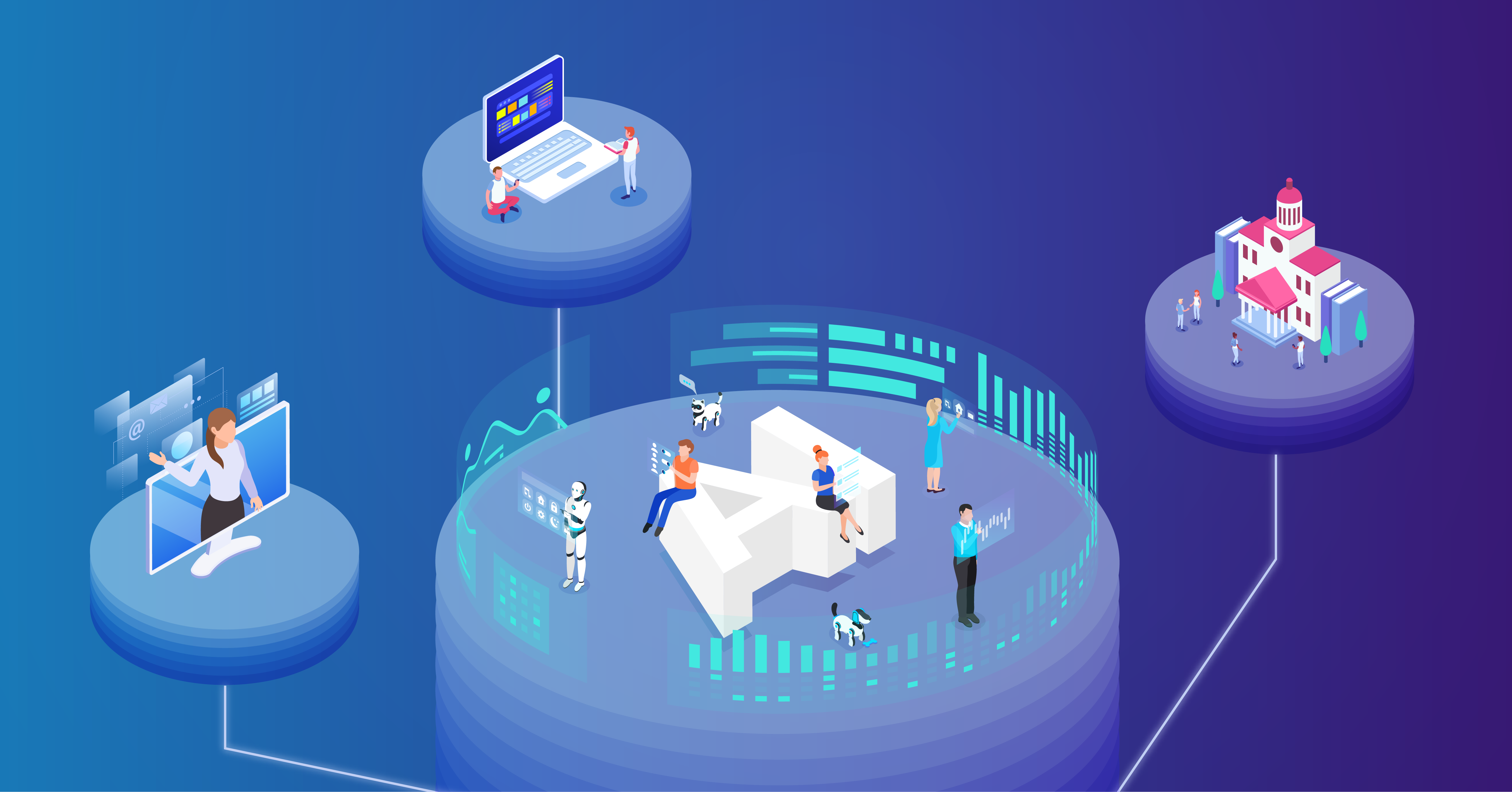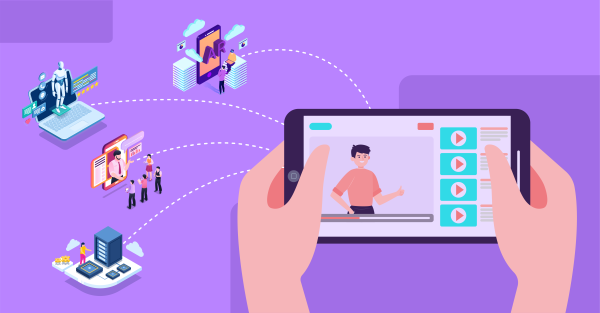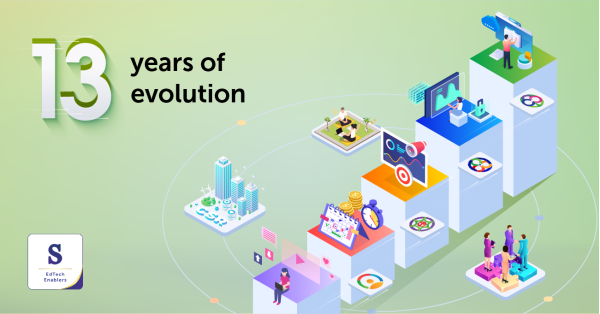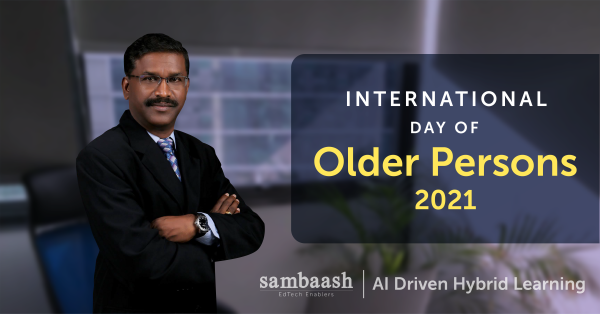
The Covid-19 pandemic has been a very tough one for all of us. However, some segments of society have been impacted by it a lot more than others! The education industry has been significantly impacted by the pandemic. The way we received education has changed drastically and this means that teachers and educators have had it a lot more difficult to deliver this change!
On Tuesday (November 2), Minister for Education in Singapore Chan Chun Sing mentioned that the workload of teachers has “more than doubled” during the COVID-19 pandemic.“Not many of us realize that in order to keep our school system going, the workload for teachers has more than doubled,” he was quoted as saying. He was speaking in the Parliament while responding to a supplementary question from Member of Parliament (MP) Patrick Tay (PAP-Pioneer) about further concrete steps that the Ministry of Education (MOE) could take to reduce pressures “from various stakeholders” on educators.
Where does the problem lie?
The pandemic has forced us to move from in-person physical classrooms to a home-based learning (HBL) model. Teachers, just like students, are adapting to HBL (Home-based Learning pedagogy). This requires a lot of preparation, especially from the teacher’s or educator’s end. It involves the curriculum to be adapted to the learning design applicable for HBL.
HBL is not switching on the video cameras and conducting e-classes. That’s where the problem lies. The excessive pressure on teachers is because we are expecting them to deliver the same learning curriculum as it were earlier without modulating it according to the enhanced mode of learning. To explain this better, let us try to take a scenario: Imagine you are a learner who has attended physical school everyday until the past year. And now, you are learning everything through the e-classroom. Right amidst self-paced learning, you are having a doubt. Suddenly, the only way out is to reach out to the mentor for doubt-solving leading to interruption of the ongoing lessons.
As humans, we are designed to receive visual feedback within a physical setting. So, teachers prefer it to be a one-way street of conducting the class and providing their contact numbers of students to reach out over a call. This would be suitable for a small duration, but it creates a lot of fatigue over a longer duration, leading to burnout. This is just one example. Essentially, in a classroom setting, it would be easier to reach out to the teacher but now, you are stuck with this doubt.
A holistic perspective
To really overcome the limitations of HBL which increases the workloads of the teachers and to leverage the digital transformative benefits, it is recommended that MoE’s curriculum design teamwork with leading blended learning advocates to come up with the learning design; along with training the teachers on the softer nuances.
Hence, the real problem is the curriculum delivery through a culmination of synchronous and asynchronous learning models, without having the necessary mix-n-match of assistive learning interventions and interaction that increases the student’s engagement and focus. Students need to be guided on their learning journey at the right time, based on their respective learning schedules and class priorities. A helpful periodic & personalized reminder on their progress, their assignments, and tasks that are overdue, their predictive gradings relative to their learning patterns and their class progress, help with relevant learning content contextualized to their current scores, amongst many other such learning interventions will help each student individually.
To do so, teachers need to have a holistic view of the learning progress of the entire class and individually for each student at their fingertips. But this can mean that any educator/ mentor or teacher is constantly under duress in order to be ‘available’ to the students.
Many teachers, in order to address the need of being available to students, have even gone to the extent of giving their phone numbers to students. “...our teachers respond. This is the extent to which our teachers go to take care of their students beyond the curriculum time in school. But in giving out their handphone number to the families and the students, we also hope that the families would not abuse the trust,” said the Education Minister in the aforementioned article.
Artificial Intelligence, Machine Learning to the fore
An out-of-the-box approach is needed to address it. AI techniques, Bots, and natural language interactions are ideally suited to help the students and thereby shift the workload away from the teachers in an HBL pedagogy.
In summary, what we are essentially looking for is comprehensive learning facilitation to ease the pressure on teachers. That’s why AI, ML become extremely important. There are three things that we require AI to do for us:
1. Keep the students engaged and focussed
2. Personally mentor each student virtually
3. Provide personalized learning intervention to the student at every stage of learning.
With a suitably designed learning design, bot-tech can be deployed. It would seem like a mentor who is personally guiding the students 24x7, locally on their devices in the common communication apps such as Telegram, Whatsapp, etc, without the need of any additional apps or being logged in.
Teachers would have all the details of progress, students at risk, each student’s individual journey details, the performance graphs of the class and the students, etc at their fingertips on their Telegram app, while the bot repoints the interaction of the students to the teachers when it can serve the student while facilitating peer interactions.
What’s the solution?
This will require us to adopt an innovative learning design. Typically, a software or solution to automate and take care of all these three things becomes imperative. A ‘virtual mentor’ that can do all the aforementioned three things and much much more?
This is where OmniMentor comes in! OmniMentor is a unique solution that scales up blended learning pedagogy. This “Virtual Mentor” AI application creates a collaborative real-time platform for Learning Facilitators, Instructors, Mentors, Learning Designers, Program Managers, and Employers to facilitate a focussed & personalized learning journey for Learners. One can know more about OmniMentor here.
As elucidated above, a deep introspection of the symptomatic situation of over-stretching of the teachers by the increased workload of HBL pedagogy leads us to the need of an appropriate design learning pedagogy, training of the teachers in this pedagogy and supported by the ubiquitous use of deep tech (AI, ML, Bots, etc)
In summary, in the pandemic situation, and in the post-pandemic world the most effective option will be to adapt to a solution that is a ‘virtual mentor’ for the learners and a boon for the teachers, educators, and institutions alike.







